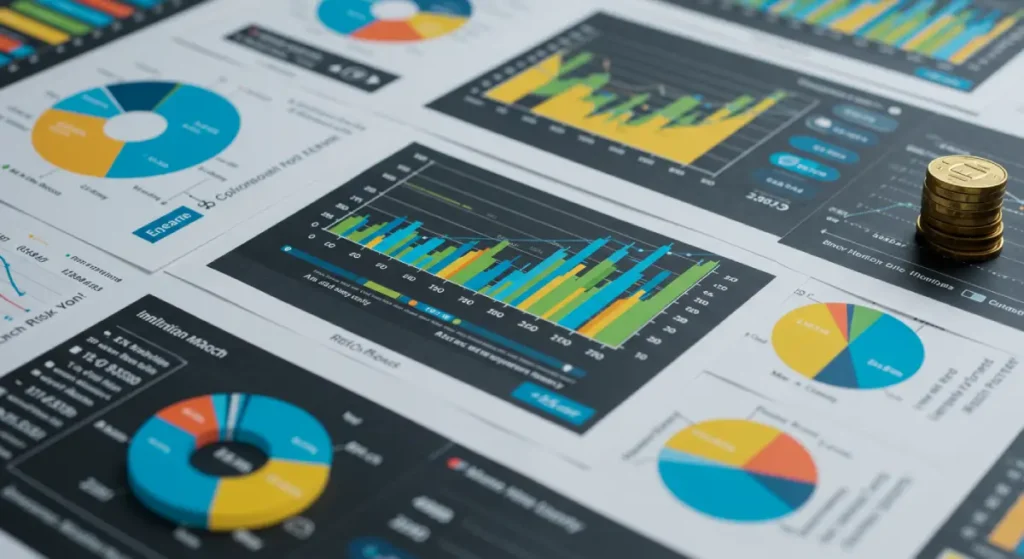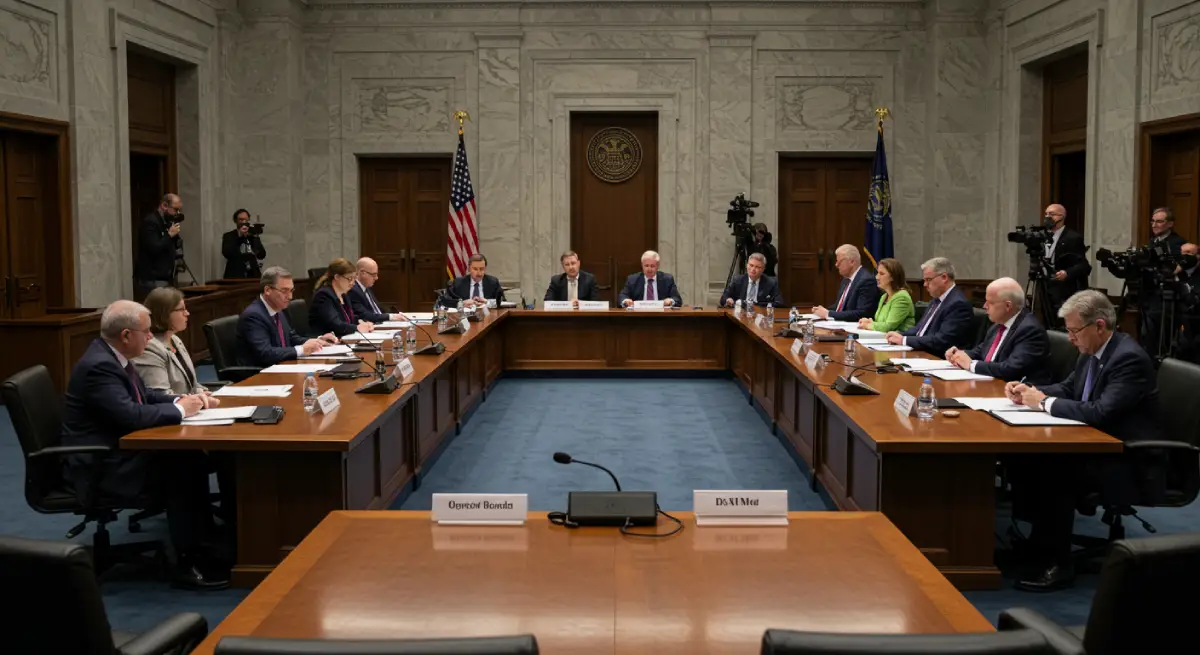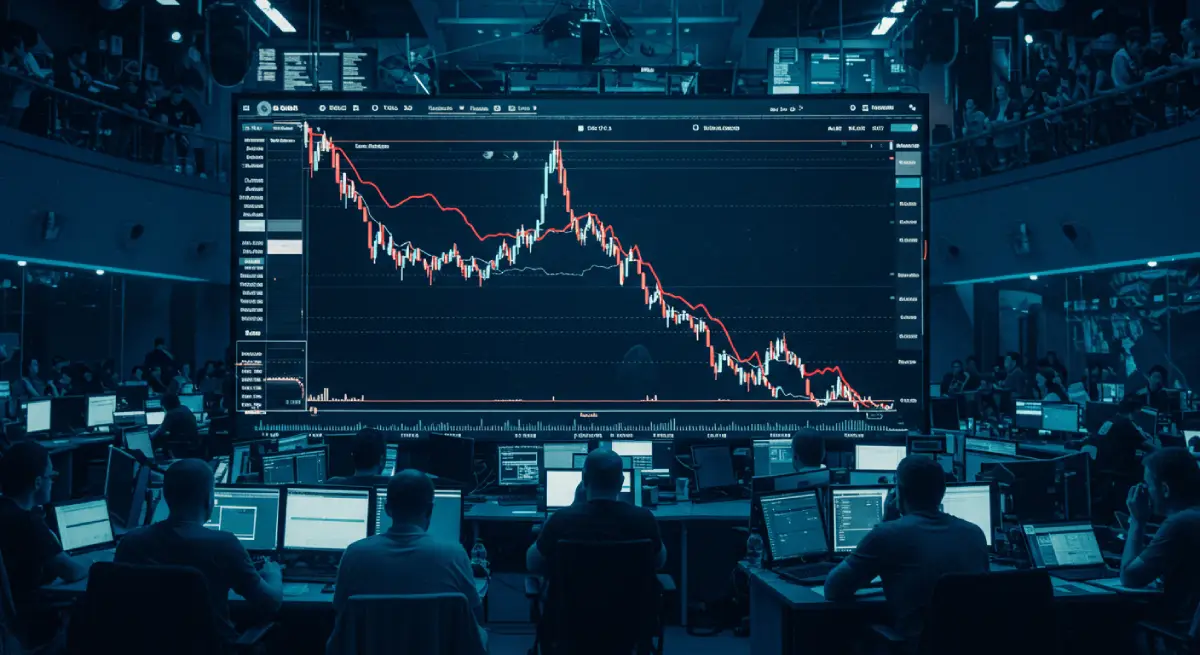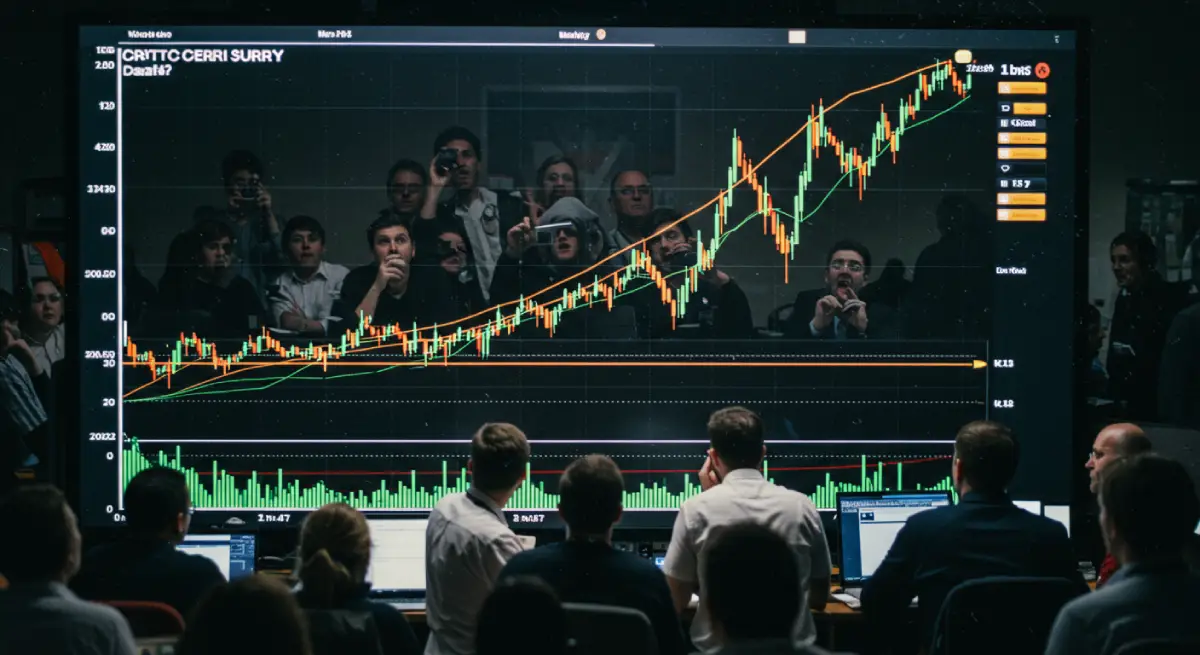What is the FOMC Meeting?
The FOMC meeting—short for Federal Open Market Committee meeting—is a critical event where the U.S. Federal Reserve (Fed) shapes monetary policy. Held 8 times a year (roughly every 6 weeks), the FOMC meeting brings together 12 members: 7 Fed Board governors, the New York Fed President, and 4 rotating regional Fed bank presidents. They assess economic conditions and set tools like the federal funds rate, Quantitative Easing (QE), and Quantitative Tightening (QT). The FOMC’s dual mandate guides its actions:
- Price Stability: Targeting 2% inflation (core PCE index).
- Maximum Employment: Bolstering the labor market.
Each FOMC meeting concludes with a statement, economic projections (e.g., the “dot plot”), and a press conference by Chair Jerome Powell. These outcomes ripple through risk asset markets, including stocks and cryptocurrencies.
Understanding QE and QT
- Quantitative Easing (QE):
- Definition: The Fed buys assets (Treasuries, MBS) to flood the economy with liquidity, often during crises (e.g., 2008, 2020).
- Mechanism: Expands the balance sheet, lowers rates, and spurs investment.
- Impact on Risk Assets: Fuels price surges in stocks and crypto (e.g., Bitcoin’s 2020 climb from $5,000 to $60,000).
- Quantitative Tightening (QT):
- Definition: The Fed shrinks its balance sheet by letting securities mature or selling them, draining liquidity (e.g., since 2022).
- Mechanism: Tightens money supply, raises rates, and curbs speculation.
- Impact on Risk Assets: Pressures equities and crypto (e.g., 2022’s S&P 500 -20%, Bitcoin from $69,000 to $16,000).
Highlights from the March 18-19, 2025 FOMC Meeting
Assuming the FOMC meeting ended on March 19, 2025, here’s a speculative summary:
- Interest Rate Decision:
- Outcome: Federal funds rate steady at 4.25%-4.50%.
- Reason: Inflation above 2% (2.5%-3%), solid growth (2024 GDP ~2.8%), and a strong job market prompt caution.
- Powell’s View: “We’ll move based on data, not haste,” from the FOMC meeting press conference.
- Economic Projections:
- 2025 Outlook: Dot plot shows 50 basis points of cuts (two 25bp moves), tempered by inflation concerns.
- Forecasts: GDP down to 2.0%-2.3%; core PCE ~2.5%; unemployment to 4.3%-4.4%.
- QE and QT Updates:
- Status: QT has cut the Fed’s balance sheet to ~$7.5 trillion from $8.9 trillion.
- Change: The FOMC meeting may slow QT from $25 billion to $5 billion monthly, easing liquidity strain.
- Future: QE unlikely without a downturn. Powell: “We’ll adjust QT if liquidity tightens.”
- External Risks:
- Trade: Trump’s tariffs noted, but not detailed.
- Global: China’s AI and geopolitical tensions flagged.
- Tone:
- Neutral-to-Dovish: Steady rates, slower QT signal mild support.
How Will Markets React to the FOMC Meeting?
U.S. Stock Market
- Short-Term (March 19-20):
- Bullish: Dovish hints and QT relief could lift the S&P 500 and Nasdaq 1%-2%, especially tech.
- Bearish: Hawkish tones might drop them 1%-3%.
- Context: Pre-FOMC meeting tariff fears (S&P 500 -8%) set up a potential rebound.
- Mid-Term (March-June):
- QE/QT Effect: Slower QT aids liquidity; trade risks cap gains.
- Favored Sectors: Russell 2000, infrastructure, financials may shine.
Cryptocurrency Market
- Short-Term (March 19-20):
- Bitcoin (BTC): At $80,000-$85,000, a dovish FOMC meeting could push it 5%-10% past $85,000; hawkish tones may drop it to $78,000.
- Altcoins: Ethereum (ETH) swings 7%-15%.
- QE/QT Effect: QT slowdown boosts crypto subtly.
- Mid-Term (March-June):
- Upside: Cuts, QT easing, and gold over $3,000/oz could lift BTC to $90,000-$100,000.
- Risks: QT persistence drags it with stocks.
QE and QT’s Broader Impact on Risk Assets
- QE Boost: Adds liquidity, cuts yields, and lifts markets (e.g., 2020 surge).
- QT Drag: Tightens funds, hikes costs, and curbs prices (e.g., 2022 slump).
- 2025: QT slowdown from the FOMC meeting offers relief, not stimulus.

Conclusion
Tags:#CryptoMarket


